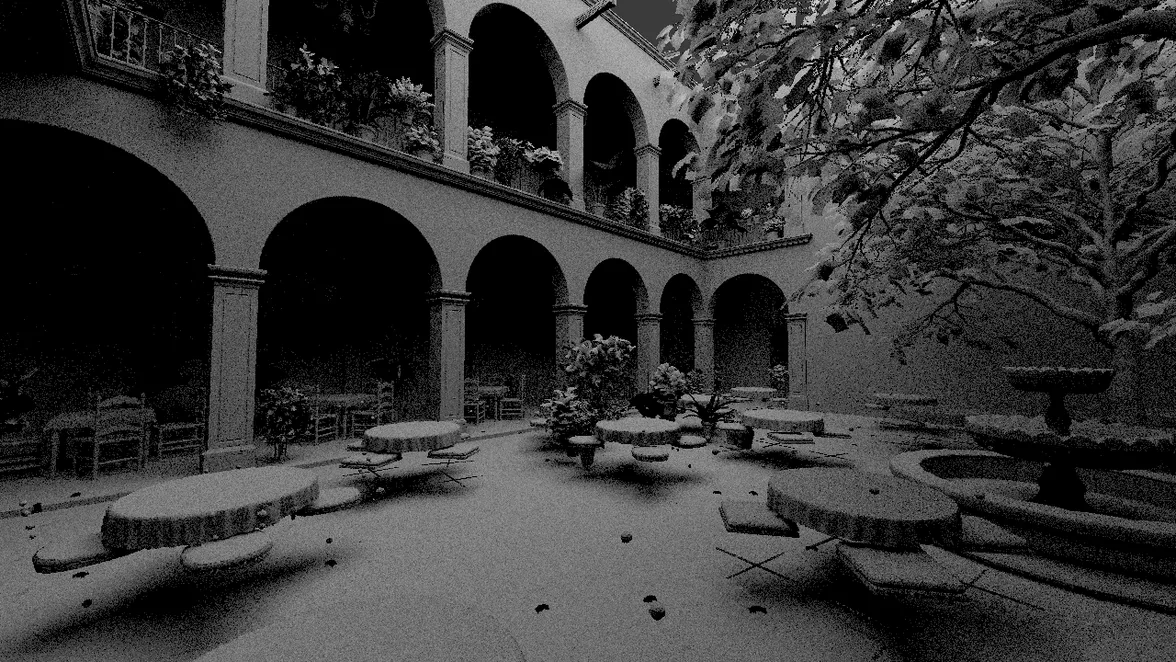Quantitative Analysis of Voxel Raytracing Acceleration Structures
Matthäus. G. Chajdas, Rüdiger Westermann
Computer Graphics and Visualization Group, Technische Universität München, Germany

Abstract
In this work, we provide a comprehensive analysis of GPU acceleration structures for voxel raytracing. We compare the commonly used octrees to BVH and KD trees, which are the standard in GPU triangle raytracing. Evaluating and analyzing of the behavior is complicated, as modern GPUs provide wide vector units with complex cache hierarchies. Even with sophisticated SIMD simulators, it is increasingly hard to model the hardware with sufficient detail to explain the observed performance.
Therefore, instead of relying on SIMD simulation, we use hardware counters to directly measure key metrics like execution coherency on a modern GPU. We provide an extensive analysis comparing different acceleration structures for different raytracing scenarios like primary, diffuse and ambient occlusion rays. For different scenes we show that data structures commonly known for good performance, like KD-trees, are actually not suited for very wide SIMD units. In our work we show that BVH trees are most suitable for GPU raytracing and explain how the acceleration structure affects the execution coherency and ultimately performance, providing crucial information for the future design of GPU acceleration structures.